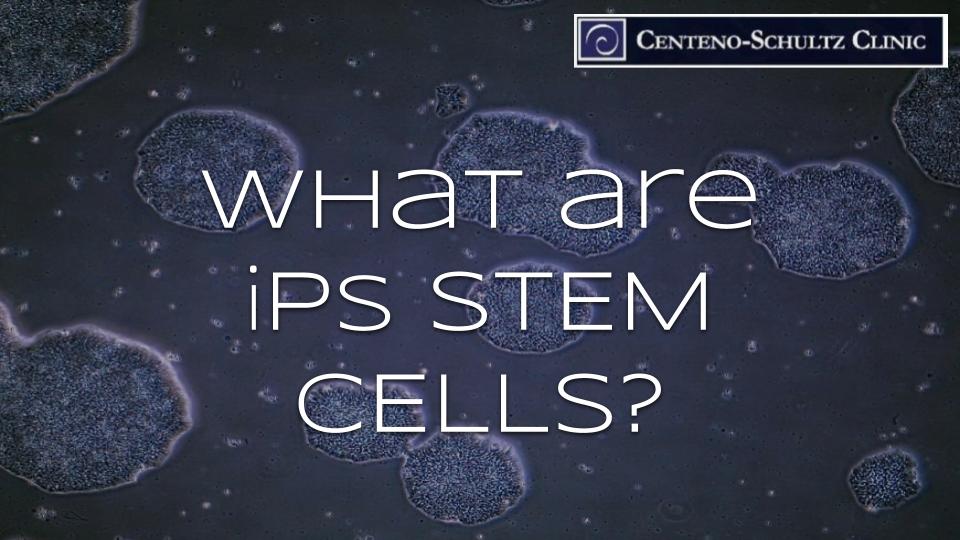In our last “Let’s Talk Stem Cells” post, we defined some stem cell types, including the artificial stem cells known as induced pluripotent stem cells (iPS). Today, we are going to change direction a bit on our stem cell focus and expand on the topic of artificial stem cells. We’ll explain how scientists are using natural stem cells to create artificial stem cells (both iPS stem cells and STAP cells) and provide some links to read more if you want to dig much deeper into this topic.
The Difference Between Somatic Cells and Stem Cells
To understand iPS stem cells and STAP, you first need to know the basic difference between somatic cells and stem cells. Somatic cells are the building blocks of our tissues and include most specialized cell types, such as skin cells, bone cells, blood cells, and so on. Stem cells are unspecialized cells that repair the body’s tissues and can do this through many different processes, which we’ve covered extensively in this stem cell series, such as by differentiation into specialized cells, delegating repair tasks to specialized cells, deactivating bad cells, and recharging damaged mitochondria in other cells.
What Are iPS Stem Cells and STAP Cells?
Induced pluripotent stem cells, or iPS stem cells, are created in a lab by inserting new genes into somatic cells. This transforms the somatic cell into an artificial embryonic stem cell. Embryonic cells, as you might recall from our last post, just keep growing and making copies, which makes them a risk for tumor formation. Compare these to mesenchymal stem cells, which inherently know when to stop growing via a process known as contact inhibition. If you want a more in-depth explanation on iPSCs, read “Frankencells” and “More on Frankencells” by Dr. Centeno.
Stimulus-triggered acquisition of pluripotency (STAP) is another way of creating artificial stem cells in the lab. In this case somatic cells are exposed to a simple chemical stimulus (e.g., immersion in an acid bath), and this turns the somatic cells into embryonic stem cells with unlimited growing potential.
Learn more about these artificial stem cells by watching Dr. Centeno’s brief video below:
While creating fake embryonic stem cells may be scientific breakthroughs, is any of this a good idea? Whether we’re dowsing skin cells in acid or fiddling with their genetic structure, in either case, we’re creating cells that don’t exist in nature, and we know these cells have been linked to teratoma (tumors filled with random body tissues) formations, the artificial ones creating even more aggressive tumors than the ones the natural embryonic cells are already associated with. In addition, with all of the research, much of it our own, supporting the use of a patient’s own mesenchymal stem cells for orthopedic treatments, we don’t seen artificial stem cells being approved for clinical use anytime soon.
